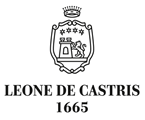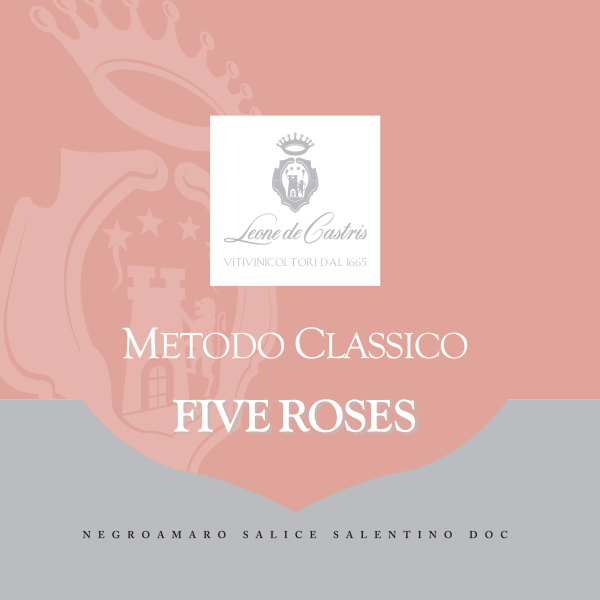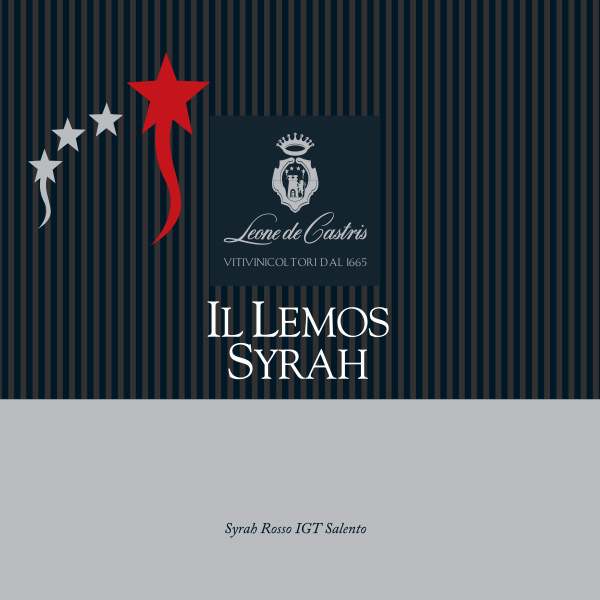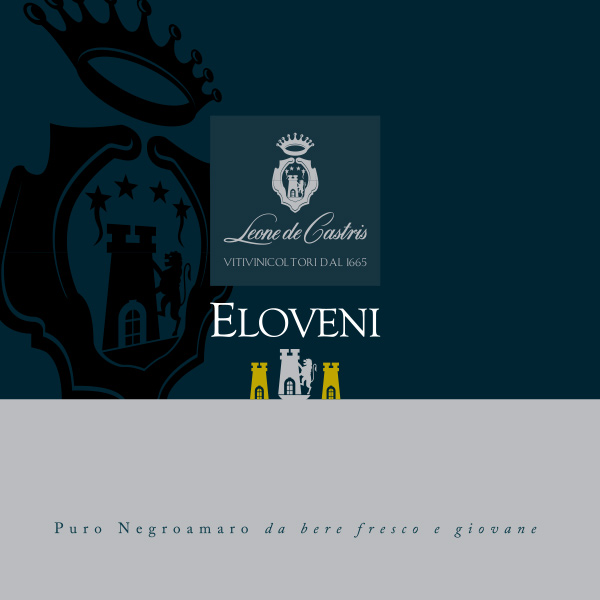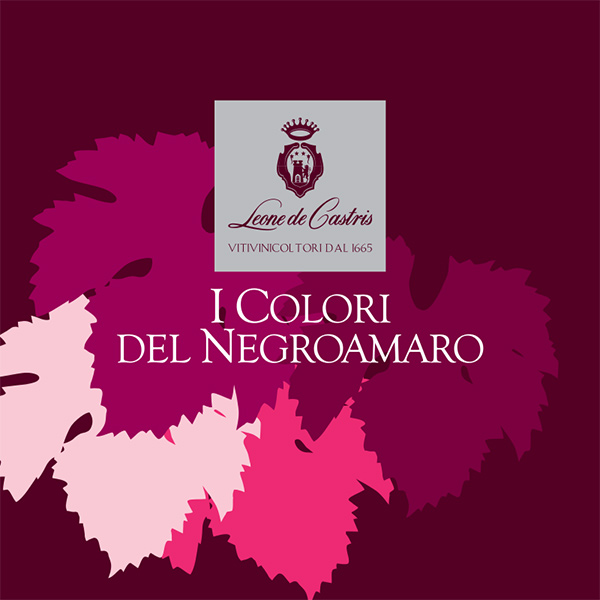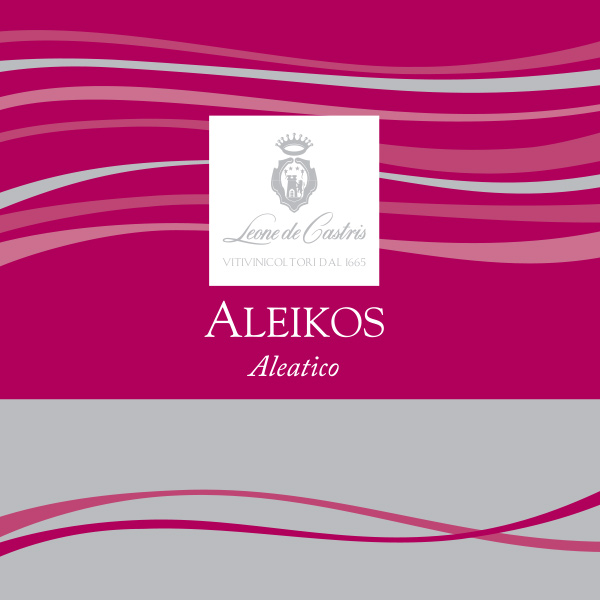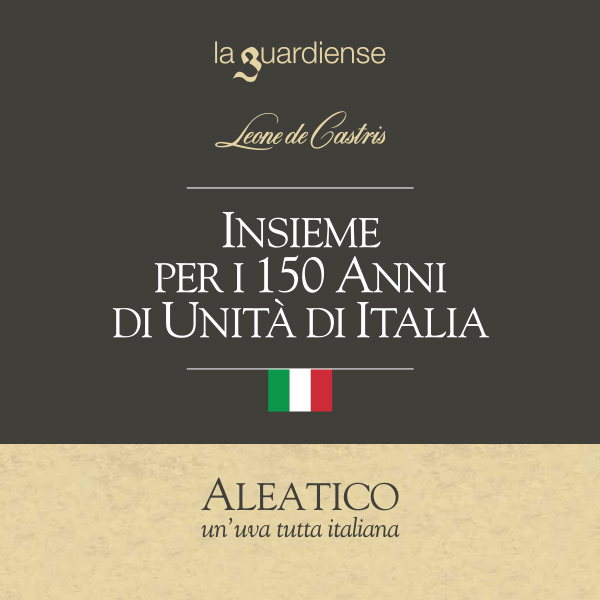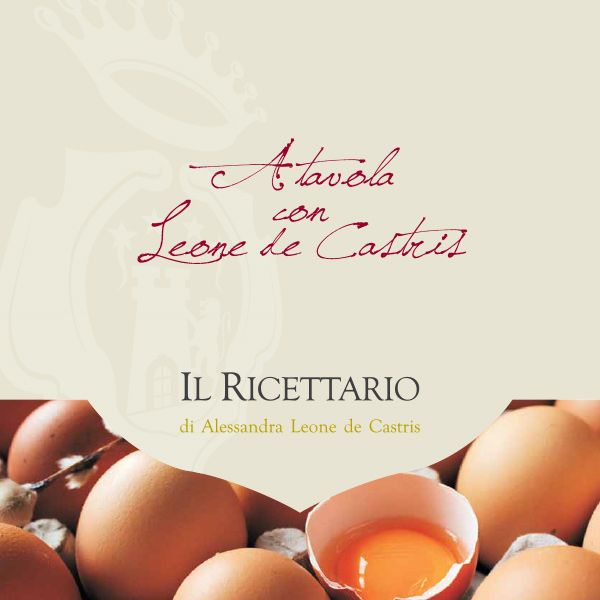Estates
This section introduces you to some of our leading estates, and the indigenous (Negroamaro, Primitivo, Malvasia nera, Verdeca, Aleatico, Malvasia bianca, Bianco di Alessano, Moscato, Susumaniello and Ottavianello) and non-indigenous grape varieties (Chardonnay, Sauvignon Blanc, Shiraz) that we grow.
The particular colours and forms of the vines and of the olive trees capture the fundamental union between man’s actions and respect for the landscape, something which we have practised for centuries.
The agricultural area (comprising approximately 5000 hectares in 1600) spanned more than 2000 hectares until the early 1950s. Now, though still sizeable, Leone de Castris comprises approximately 300 hectares of vineyards and approximately 50 hectares of olive groves, arable land and pastures in the provinces of Lecce, Brindisi, Bari and Taranto.
The farmhouses called Masseria Maiana, Don Nicoletta and Messere Andrea have belonged to the family for centuries, while others were acquired more recently and others still have been part of the estate for around a hundred years (Casa Purcara, Troili, Caretto, etc). Inheritance and land reform in the wake of the Second World War led to a reduction in size, but consolidation initiatives are currently under way.
Cagnazzi
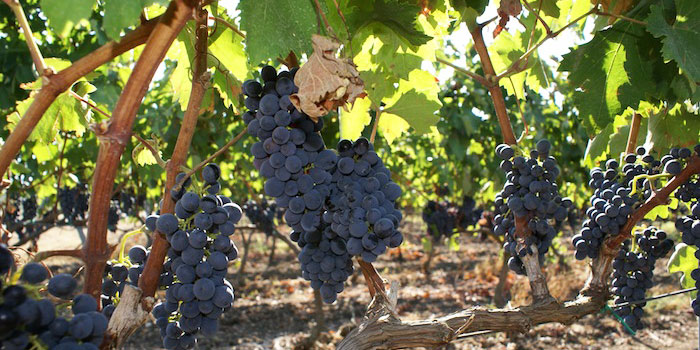
Ottavianello
Ottavianello is an ancient grape variety from Puglia. Its origins are uncertain: it seems likely that it was imported to San Vito dei Normanni in the Brindisi province by the Marquis of Bugnano from the town of Ottaviano near Naples. Hence the name Ottavianello. Cultivation of Ottavianello has been increasingly abandoned in recent decades by viticulturists in Puglia. Aware of the great potential of this grape variety, we decided to make the most of it by using Ottavianello grapes to produce one of our leading reds. Ottavianello is characterised by its abundant productivity. Bountiful productivity, the balance of which must be maintained in order to produce wines of a refined quality. The wine obtained from this noble grape variety is characterised by its rather pale ruby red colour, aromas of bottled sour cherries and floral notes of violet, and its pleasant, balanced taste.
Case Alte
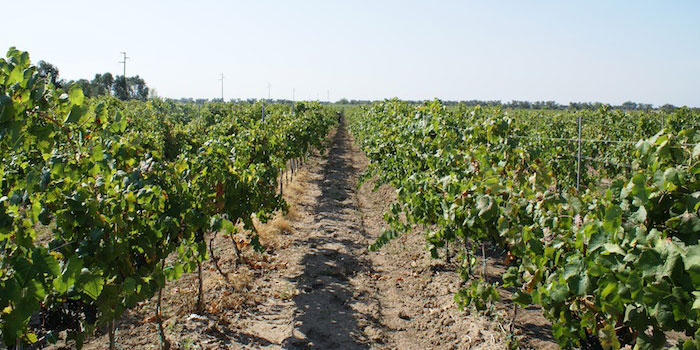
Sauvignon Blanc
Sauvignon Blanc originates from the Bordeaux region.
The name derives from the French word “sauvage”. Generally, Sauvignon Blanc buds late and ripens early, meaning that it is perfectly suited to areas with a sunny but not overly warm climate.
Currently grown in all of the world’s leading wine-producing regions, the white Sauvignon grape produces some of the best white wines. Its fermentation in stainless steel containers enables it to retain its characteristic dry notes, aromatic and fresh, which makes such wines instantly recognisable.
Cinque Rose
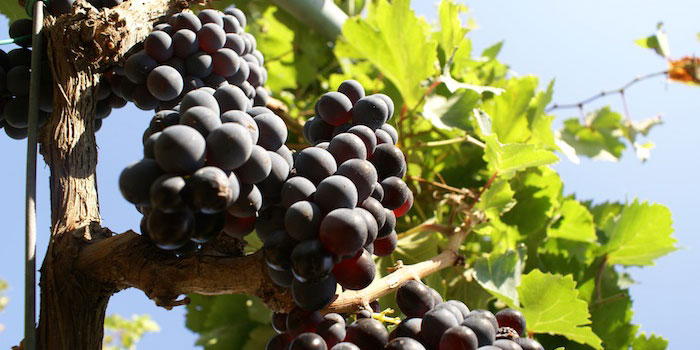
Malvasia nera
Malvasia nera from Lecce is part of the Malvasia family, a group of grape varieties, including Brindisi and Basilicata Malvasia, that share certain characteristics.
Malvasia grapes are generally grown alongside Negroamaro, and are blended with these in winemaking to provide alcohol content, richness and body to the wine.
As a monovarietal, this grape produces a very elegant wine, with harmonious aromas, light in tannins and suitable for immediate consumption.
Don Francesco
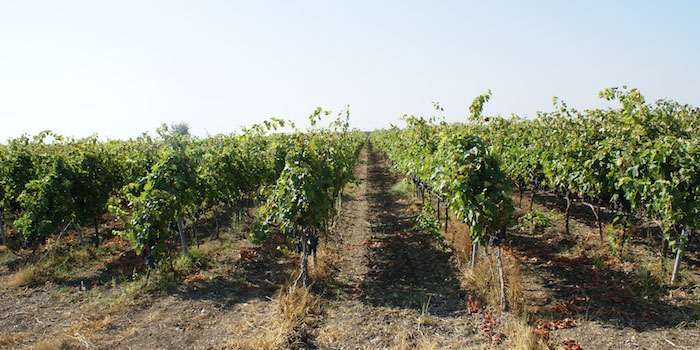
Aleatico
The Aleatico has ancient origins and almost certainly owes its arrival in Italy and subsequent prevalence in Lazio, Tuscany and Puglia (and particularly in the Salento area and the province of Bari) to the Greeks. This grape is closely related to Moscato which, precisely because of its distinctive aroma and flavour, is also consumed in small quantities as a table grape.
In recent years, Aleatico has drawn renewed attention for its specific qualities and characteristics.
Vinification of these grapes produces wines with a brilliant ruby colour, violet hues, a velvety and elegant aroma, delicious fragrance and a taste characterised by lively and fresh fruity overtones.
Donna Lisa
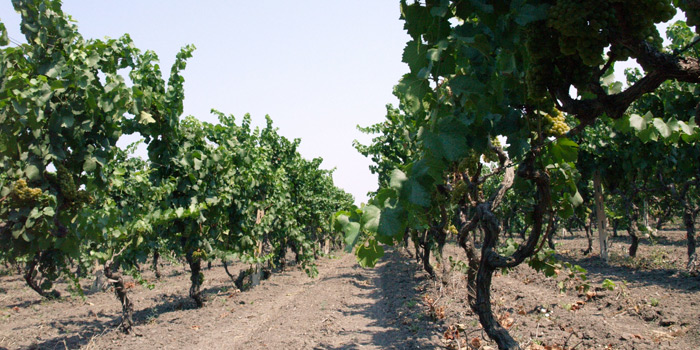
Negroamaro
Of unknown origin, the Negroamaro grape may have originally grown on the coasts of Puglia, or may have been brought here by the Greeks. Today they are most commonly found in the Lecce and Brindisi provinces. Various theories have been proposed regarding the etymological meaning of the name. Some believe that it originates from the dark colour of the resulting wines and their characteristic slightly bitter taste, but the more persuasive hypothesis suggests that the term Negroamaro derives from the words “niger” (Latin) and “maru” (Ancient Greek) both of which mean “black”. These grapes produce a wine with an impenetrable ruby red colour; the aroma is intense and spicy with a hint of cherry and red fruit jam and a characteristically bitter taste.
The significance of the Negroamaro grape variety is attested to by the fact that the Puglia DOC group (such as Salice Salentino Doc) to which it belongs has by now gained firm recognition.
Donnacoletta
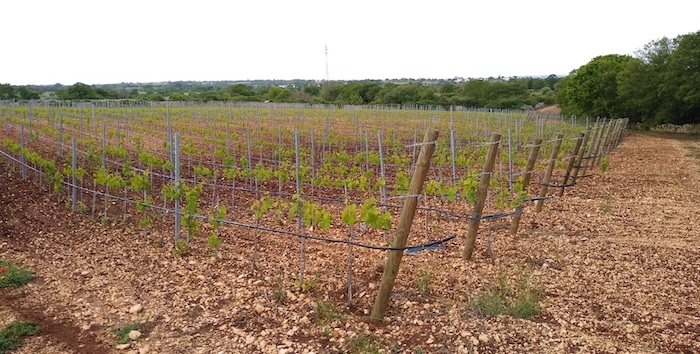
Coratina
Coratina, named after Corato, its town of origin, is one of the most sought after cultivars in the South of Italy due to the organoleptic and nutritional properties of the oil that it produces. Its pleasant taste profile is exalted when made into extra virgin olive oil. Coratina provides the backdrop to our Donnacoletta estate in Noci.
Larena
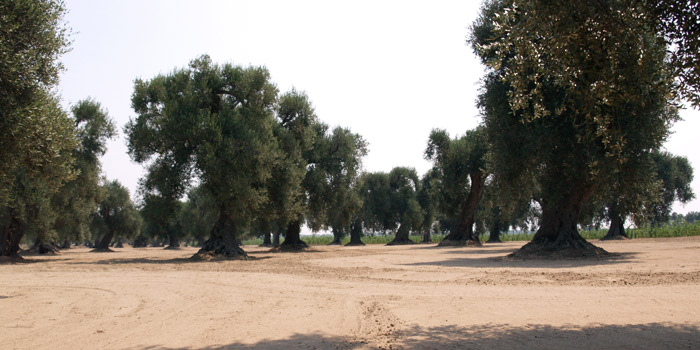
CELLINA-OGLIAROLA
“Cellina di Nardò” and “l’Ogliarola di Lecce” are the main cultivars grown in the Salento region. They both have ancient origins: Cellina was introduced to Salento by the Saracens between the 8th and 9th centuries A.D., while Ogliarola appears to date back even further – indeed it has been identified as the “Salentina” referred to by Cato in 200 B.C. When blended and made into extra virgin olive oil they produce fruity oils, which are lightly bitter with pleasant almond overtones.
We grow Cellina and Ogliarola in the La Rena estate in Salice Salentino.
Ursi
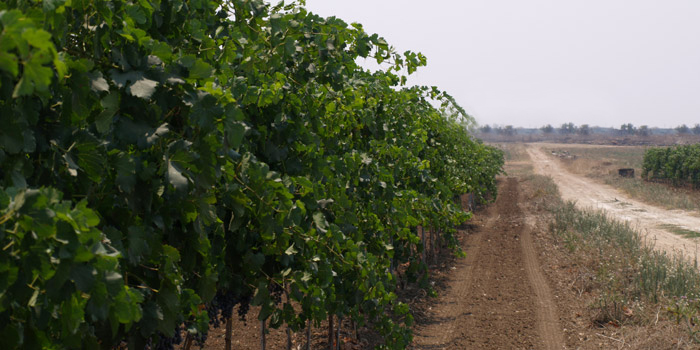
Fiano
It is believed to have originated in the Lapio municipality, East of Avellino. Its presence in Puglia dates back to the 12th century, thanks to Charles II of Anjou who wanted Fiano planted in the royal vineyards in Puglia.
The pedoclimatic conditions in Salento are well-suited to Fiano, allowing it to acclimatise perfectly while retaining its specific and original characteristics. So much so that it is considered today to be one of the white grape varieties that best represents Puglia.
Wine produced using Fiano grapes is characterised by an intense straw-yellow colour, releasing fruity and floral notes on the nose, with a good structure on the palate and rich in flavour.
Lemos
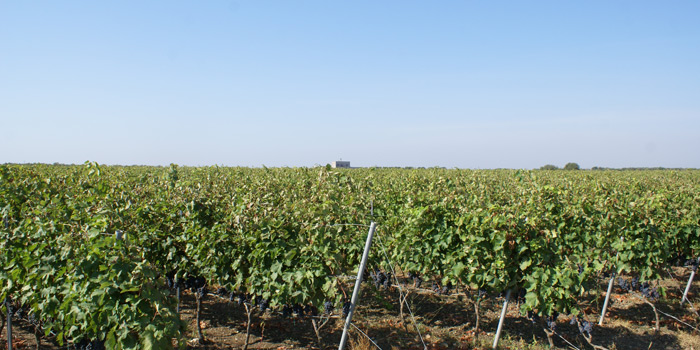
Susumaniello
Susumaniello is one of the indigenous grape varieties that has returned to favour in recent years, thanks to the interest of organisations, institutes and groups of producers (including our company, which is a partner in the Vinum Loci project).
Susumaniello is a grape variety that probably comes from the Dalmatia region, and it owes its name to the fact that it is particularly productive at a young age, meaning that its shoots are loaded like a “somaro” [donkey].
Until approximately twenty years ago, Susumaniello was reasonably common in the province of Brindisi, but two factors led to its definitive disappearance in recent years. The main reason is closely linked to the drastic drop in productivity levels typical of the mature phase of this grape variety – after about 10 years.
The second, instead, relates to the progressive downturn in demand for sweet filtered products, which was the primary use of these grapes in the past.
Experiments have recently been performed to produce a monovarietal from this grape, which seem to have delivered positive results, while Susumaniello has proven to be perfectly compatible with Negroamaro in blends. The wine produced has a very full-bodied and robust structure and a deep ruby colour; the aromas emerge fully after being left to breathe for a long period, giving way to a complex and varied bouquet. The sensation on the palate is one of great depth on initial impact, but it loses its more acute notes over time, giving way to more delicate, lingering notes.
Maiana
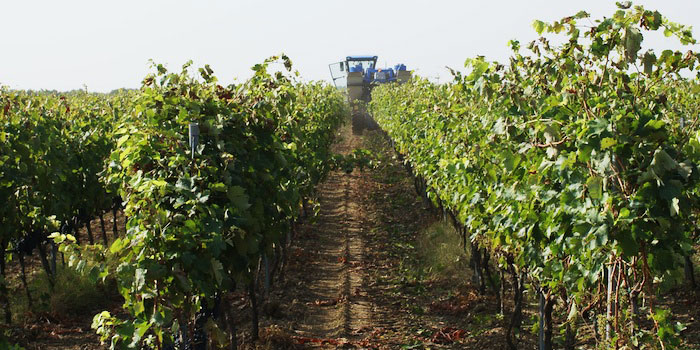
Verdeca
Verdeca is the main white grapes in Apulia. The origins are not sure but probably it has been imported from Greece, like most of the Apulian local grapes. Genetically it should show some affinity with the Portuguese grapes ‘Alvarinho’ from ‘Vinho Verde’ area. The name is coming from the colour of the grapes which is green (‘verde’ in Italian). This is the reason why also in the wine you can find the green reflex. The grapes are medium size with oval shape and hoarfrosted skin. The maturation of the grapes is between September and October. Verdeca prefer the soil not so deep. Up to few years ago the ‘Verdeca’ grapes were used to mix with other grapes or in the sweet wines or vermouth production. Verdeca grapes express themselves with the characteristic straw yellow and greenish highlights. The main characteristic of this variety is the capacity to keep a good acidity during the maturation even if the climate is warm and without any temperature excursion. The nose has interesting hints of wild flowers together with citrus fruits as bergamot and exotic as pineapple. It has a fresh taste, sapid and nicely persistent.
Messere Andrea
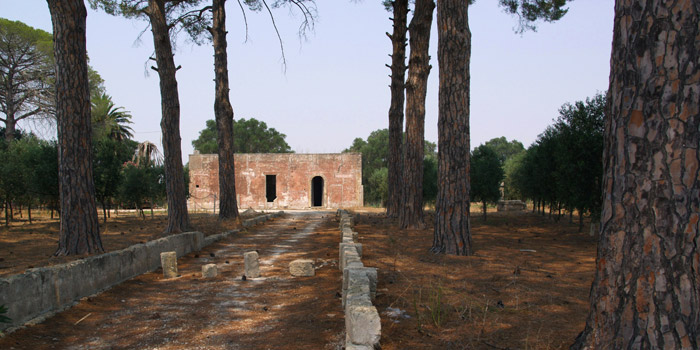
Negroamaro
Of unknown origin, the Negroamaro grape may have originally grown on the coasts of Puglia, or may have been brought here by the Greeks. Today they are most commonly found in the Lecce and Brindisi provinces. Various theories have been proposed regarding the etymological meaning of the name. Some believe that it originates from the dark colour of the resulting wines and their characteristic slightly bitter taste, but the more persuasive hypothesis suggests that the term Negroamaro derives from the words “niger” (Latin) and “maru” (Ancient Greek) both of which mean “black”. These grapes produce a wine with an impenetrable ruby red colour; the aroma is intense and spicy with a hint of cherry and red fruit jam and a characteristically bitter taste.
The significance of the Negroamaro grape variety is attested to by the fact that the Puglia DOC group (such as Salice Salentino Doc) to which it belongs has by now gained firm recognition.
Pizzinichi
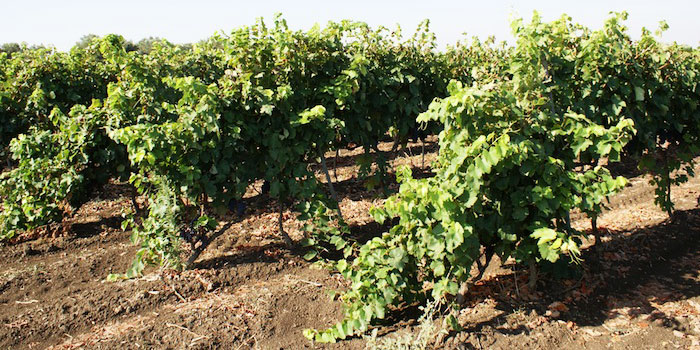
Chardonnay
Many believe that the origins of Chardonnay are unknown. Some scholars suggest that it originated in the Middle East, while others claim that these grapes are the result of the spontaneous hybridisation of an already domesticated grape (probably Pinot) and an Illyrian grape variety (from such areas as Slovenia, Croatia, Bosnia, Montenegro and Albania).
The Burgundy region, and specifically the municipality of the same name, can, however, be pinpointed as the native land and of Chardonnay, and the place where it is officially grown.
Many consider it to be the single grape variety that produces the area’s best wines. It is like a brand name recognised across the world, and is used to produce monovarietals or combined with other grapes. As such, it is found in blends and also in grape mixes. Approximately 11,800 hectares of land is dedicated to growing Chardonnay grapes in Italy.
Priesti
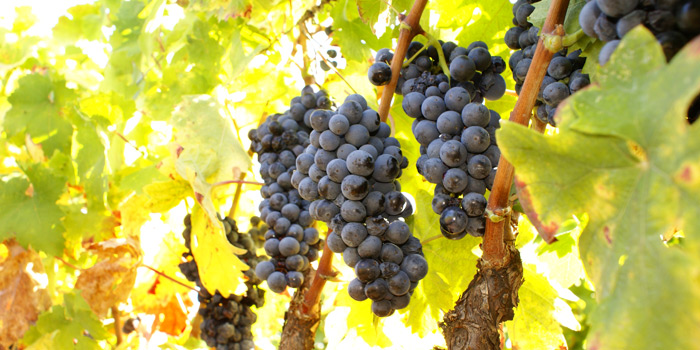
Negroamaro
Of unknown origin, the Negroamaro grape may have originally grown on the coasts of Puglia, or may have been brought here by the Greeks. Today they are most commonly found in the Lecce and Brindisi provinces. Various theories have been proposed regarding the etymological meaning of the name. Some believe that it originates from the dark colour of the resulting wines and their characteristic slightly bitter taste, but the more persuasive hypothesis suggests that the term Negroamaro derives from the words “niger” (Latin) and “maru” (Ancient Greek) both of which mean “black”. These grapes produce a wine with an impenetrable ruby red colour; the aroma is intense and spicy with a hint of cherry and red fruit jam and a characteristically bitter taste.
The significance of the Negroamaro grape variety is attested to by the fact that the Puglia DOC group (such as Salice Salentino Doc) to which it belongs has by now gained firm recognition.
Rena
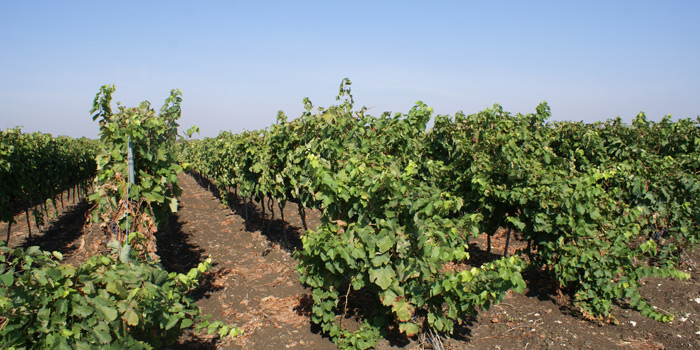
Chardonnay
Many believe that the origins of Chardonnay are unknown. Some scholars suggest that it originated in the Middle East, while others claim that these grapes are the result of the spontaneous hybridisation of an already domesticated grape (probably Pinot) and an Illyrian grape variety (from such areas as Slovenia, Croatia, Bosnia, Montenegro and Albania).
The Burgundy region, and specifically the municipality of the same name, can, however, be pinpointed as the native land and of Chardonnay, and the place where it is officially grown.
Many consider it to be the single grape variety that produces the area’s best wines. It is like a brand name recognised across the world, and is used to produce monovarietals or combined with other grapes. As such, it is found in blends and also in grape mixes. Approximately 11,800 hectares of land is dedicated to growing Chardonnay grapes in Italy.
Santera
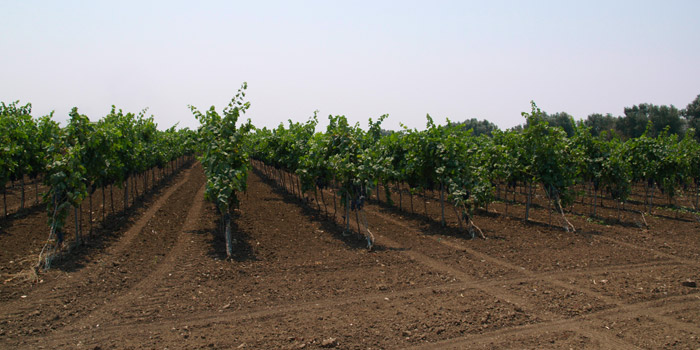
Primitivo
Primitivo became extremely common throughout the Salento area towards the end of the 1800s.
Primitivo is a grape variety that originated in Gioia del Colle, in the province of Bari, but the best known variety is grown in the Lecce, Brindisi and Taranto areas, and is famous and appreciated throughout the world.
Tresca
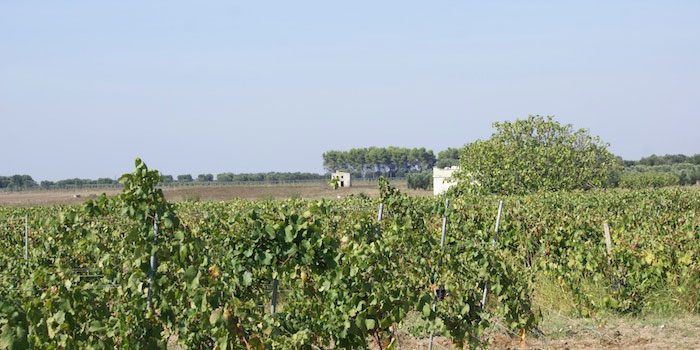
Malvasia Bianca
Malvasia is a variety that belongs to a very large and heterogeneous family, and as such it is widespread across the country, though in many cases the different types only really resemble each other in name.
The element that most frequently differentiates them is their aromatic profile; indeed Malvasia includes particularly aromatic versions such as Candia, and those that are less intense from an aromatic perspective, but more full-bodied and richer in flavour, such as those found in the Salento area.
It is presumed that the name Malvasia originates from the Greek city “Monemvasia” in the Peloponnese region, the name of which means “port with only one entrance”. The term Malvasia seems to have been coined, through assonance, by the Venetians who sold this esteemed wine from the Peloponnese region.
For far too long Malvasia Bianca was regarded as a grape that was only suitable for producing young white wines. Research carried out by our company, however, has shown that the levels of catechins found in this grape variety make it suitable for bottle ageing for up to a number of years. Donna Lisa Bianco “Malvasia” is the product of such experience, and seeks to further consolidate our connection with the Salento area.
